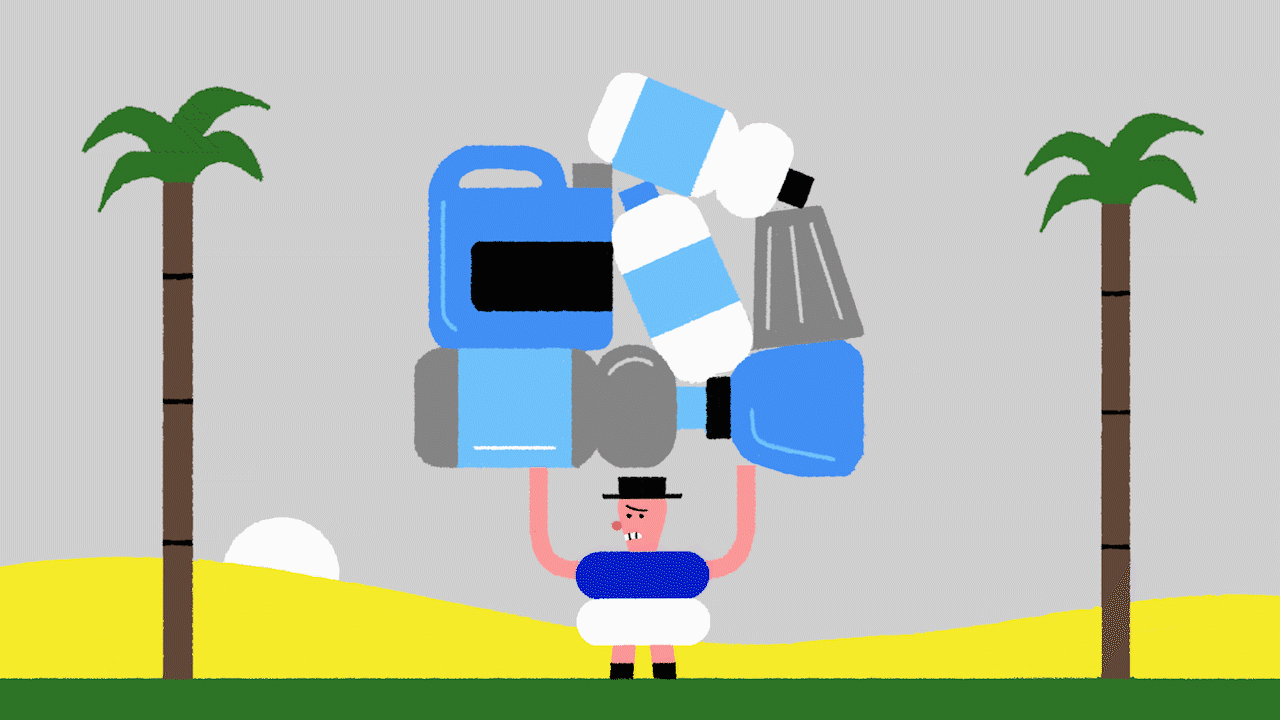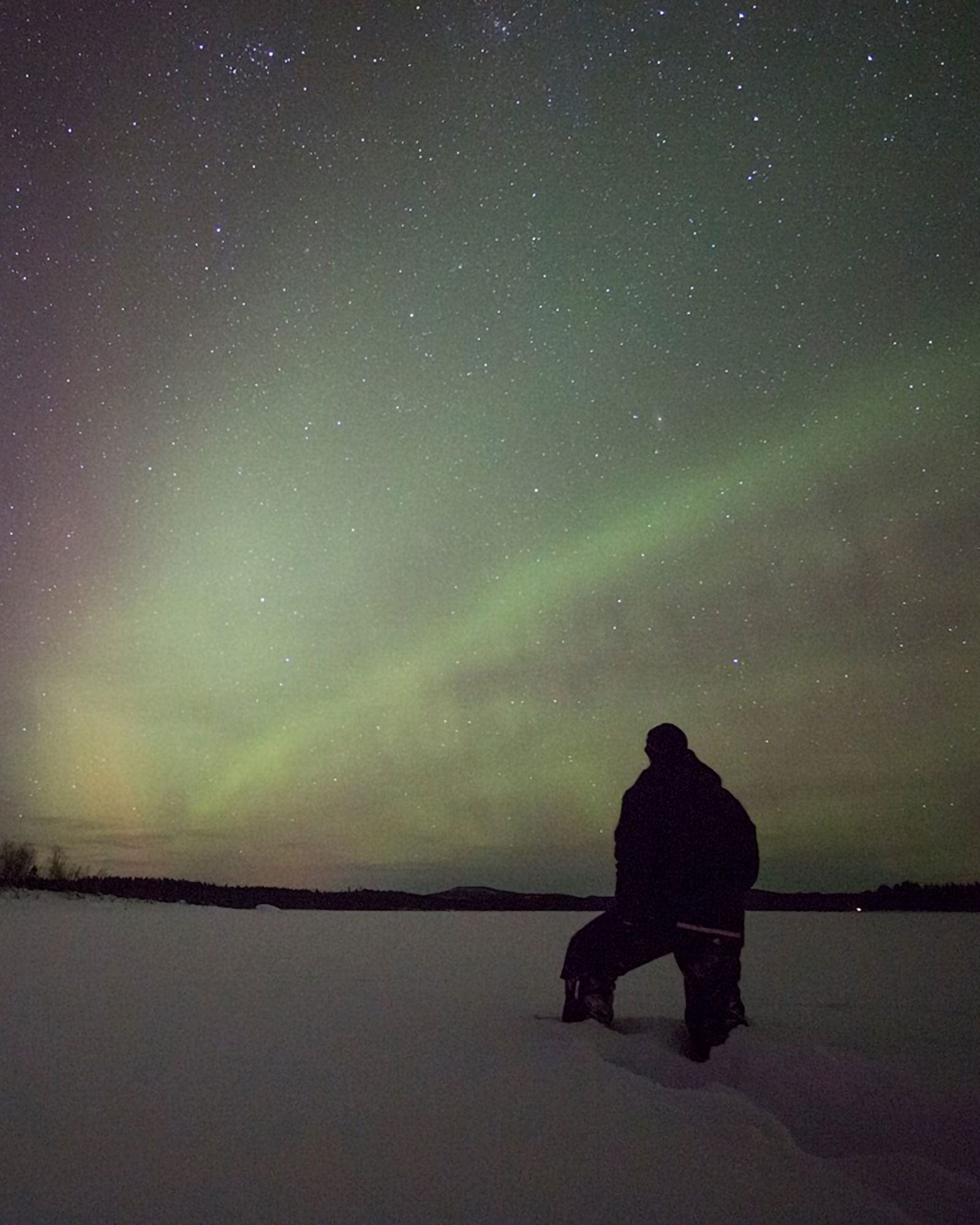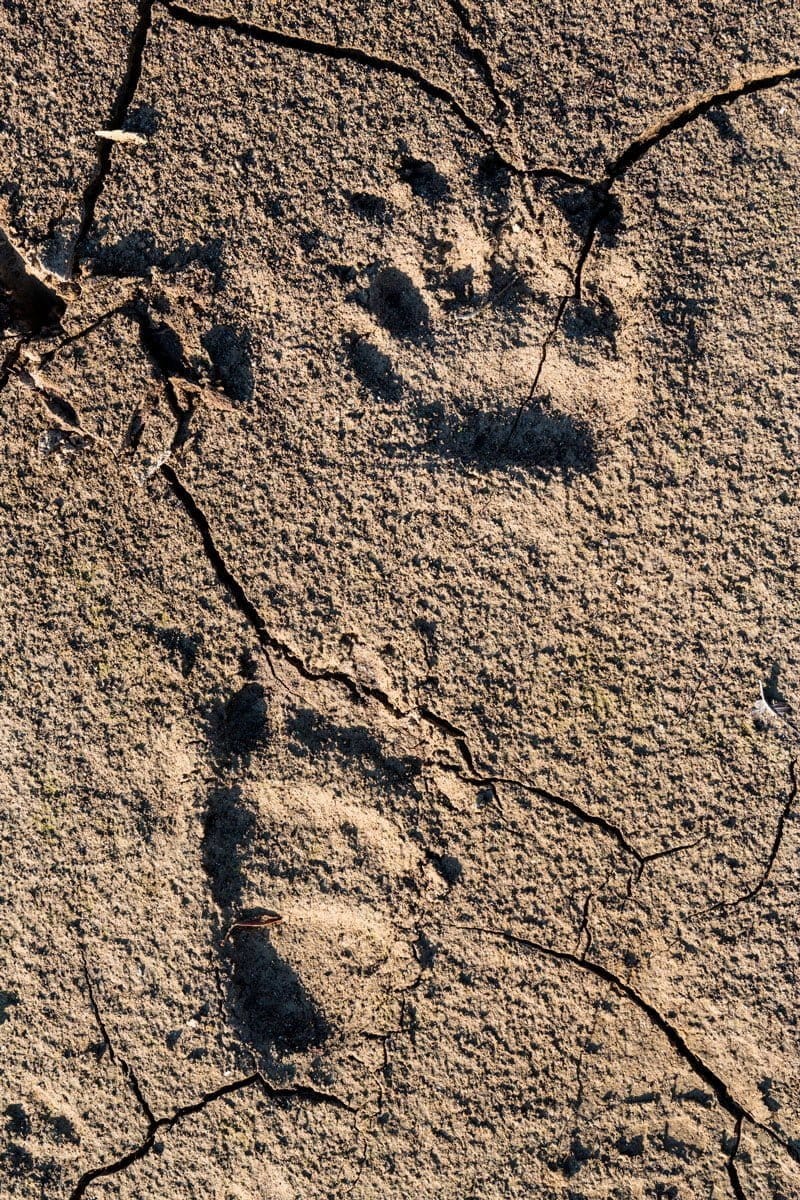Travel is a beautiful thing. After the past year, now more than ever, we can appreciate how a change of scene can truly inspire and energise. But, as the world is beginning to open up again, how to navigate the new terrain at the heart of sustainable tourism? Self-confessed travel nut Richard Walker explores…
Travel for me is like swearing for Gordon Ramsay. I just can’t help myself. Pre-pandemic, no day passed without me packing, unpacking or trip planning. To ramble is to live. But mere memories of climbing the Great Wall, snorkelling the Great Barrier Reef, and walking the coastline of Great Britain, although all great, do not satisfy for long.
Then, while revving the travel engine this summer in preparation for the post-pandemic restart, I began for the first time to worry about my environmental impact. I’ve always been a thoughtful and responsible traveller, or so I thought. According to myclimate.org we must each reduce our CO2 footprint to 600kg per year to seriously address climate change. Using the same site’s CO2 calculator, I measured my ‘modest’ past 12 months: two car trips from my home in Amsterdam (to Vienna and to southern France) and one flight (to Lisbon). The result: 2,219kg CO2. Almost four times the target level. (But still less than the average European and much less than the average American.)
“Wanderlust drives us to explore the world but in this new age of responsible travel are we wander-lost?”
And aside from the carbon issue, what impact does my travel have on people? Where do my travel dollars end up – in the pockets of locals, supporting communities, or in the coffers of corporations? Wanderlust drives us to explore the world but in this new age of responsible travel are we wander-lost?
Aiming for sustainability? Slow down
According to sustainabletravel.org, tourism is believed to account for approximately 8% of greenhouse gas emissions. As we become more aware of the environmental impact of our desire to travel, the industry is under growing pressure to reform, especially aviation. The need to take fewer flights has fast become an accepted wisdom. But food production, waste and cultural sensitivity play a part in our visitor impact. According to Kelsey Frenkiel from the Center for Responsible Travel (CREST), conscious tourism is also about how you impact a local economy and the people who make up its community. I’m in a hurry to do it better, does she have any tips?

“Slow down. Do your research on what social and political issues may be going on there – not only do you have a better impact, you have a better experience when you do.”
Being responsible with our purchasing practices, buying from locally owned restaurants, hotels and shops, prevents ‘economic leakage’ (when your money ends up in big corporations) says Frenkiel. “At the marketplace, don’t haggle if you think the thing you’re buying has a fair price for you. Travel can be a positive impetus for change.”
Tom Hall, writer and vice president of Lonely Planet guides, echoes this message:
“There’s been some head scratching recently about the travel experience in the past 5-10 years. It’s become a very commoditised experience. We’re seeing an appetite for a different approach.”
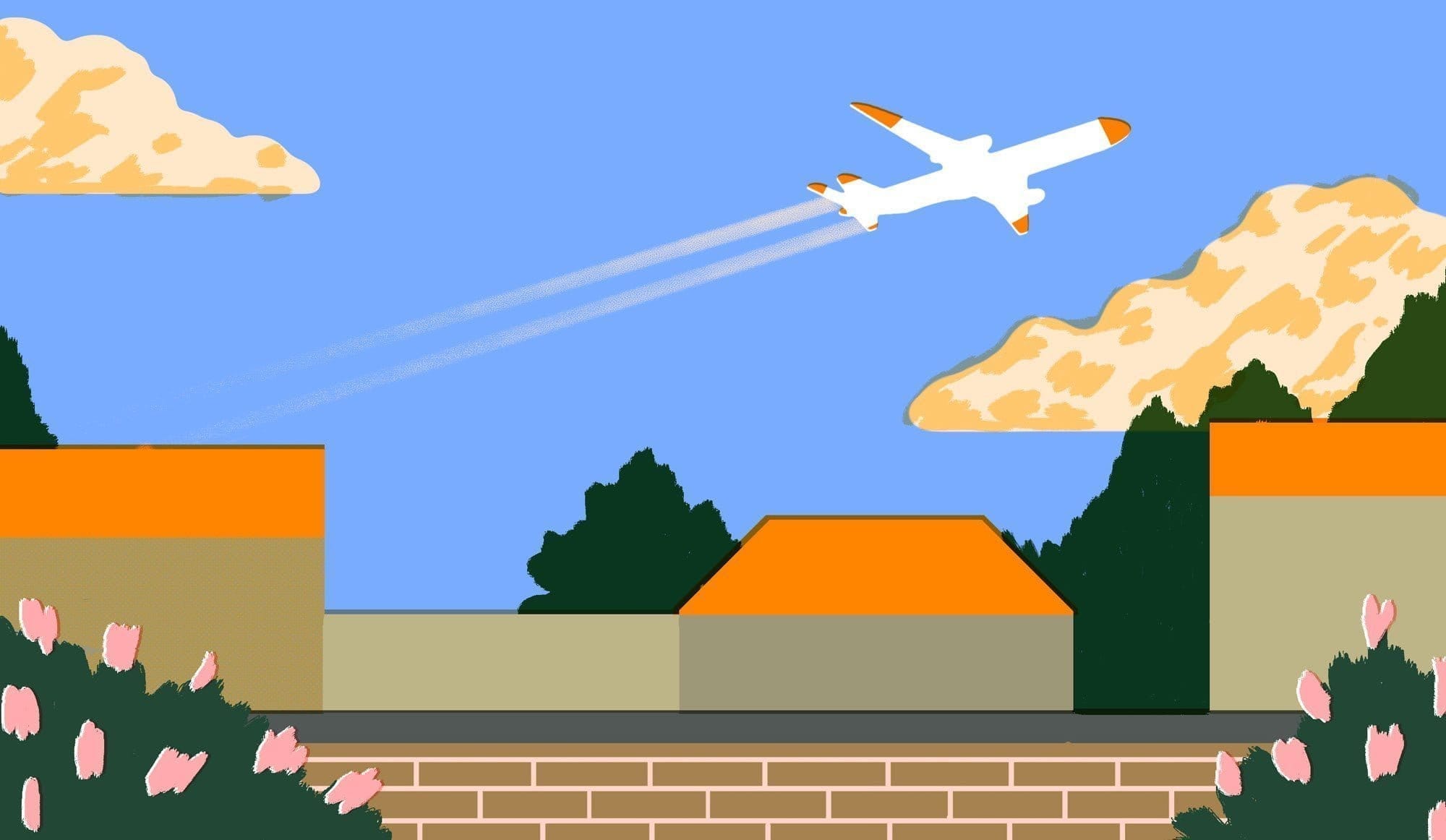
Lonely Planet has produced a sustainable travel guide which Tom Hall describes as a sort of ethical handbook. How to avoid over-tourism, choose a green hotel, how to best impact the community when you eat. “20 years ago this would’ve just been an indented box on page 12. Much more planning and thought has to go into your trip nowadays in order for your impact to be positive and to avoid the problems of over-tourism, and that’s a good thing”.
“How do you tell if a conscious travel company certificate is worth the recycled paper it’s printed on?”
More thorough planning and less getting carried away by posts on social media, perhaps. A friend recently visited a beauty spot in Norway called Trolltunga. There’s a high cliff and a spectacular view. But when she got there, the view was partially obscured by two people in yoga poses and one doing a headstand, while taking selfies or vlogging, just managing to avoid toppling backwards into the abyss (visual metaphor, anyone?). Some popular Instagram posts had recently spotlit the place and triggered a wave of intrepid visitors. But reaching Trolltunga is a rigorous trek and some visitors have ended up having to call for medical help halfway up, overstretching local medical resources. Social media can make the world seem a lot smaller and easier to reach, but in the past, we admired the spectacular in the pages of National Geographic from the comfort of the armchair.
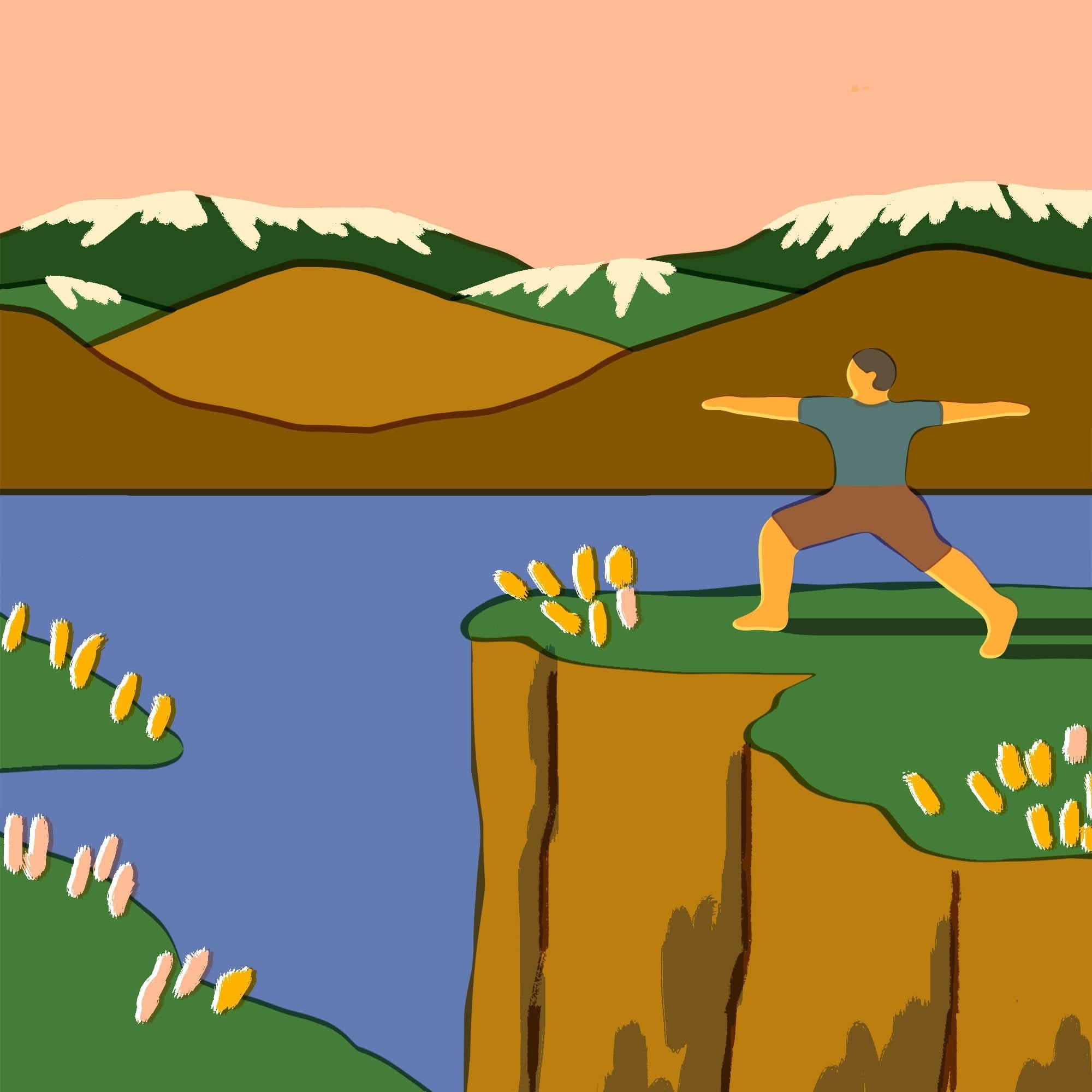
How conscious is that company?
Responsible tour operators can help protect local communities from bad tourism. But how do you tell if a conscious travel company certificate is worth the recycled paper it’s printed on? The GSTC (Global Sustainable Tourism Council) is the worldwide body certifying the certifiers – if they say it’s a legitimate badge of honour, you can trust it. But most consumers don’t know the GSTC. Kelsey Frenkiel says we should simply take 10 minutes before we book up to read about our operator or hotel and its claims of good practice. “And do donate to local environmental groups and to offsetting schemes”, she says.
“By doing vegan Wednesdays and planting a dozen conifers I don’t get an automatic pass to spend Christmas in Australia”
Many wonder about the value of offsetting. Some airlines now offer the opportunity through their booking system, tree planting and the like. But, says Kelsey Frenkiel, “offsetting is essentially mitigating negative impact and not addressing massive systems change which requires governments and corporations to make commitments. A traveller can only do so much in that sense.”
So by doing vegan Wednesdays and planting a dozen conifers I don’t get an automatic pass to spend Christmas in Australia.
From trains to tents
Are there sustainable alternatives to travelling? I recently tried the latest virtual reality goggles to visit digital versions of exotic destinations, but felt seasick for hours afterwards while the goggles’ owner tidied up the bits of broken vase and lamp I’d knocked around his living room.
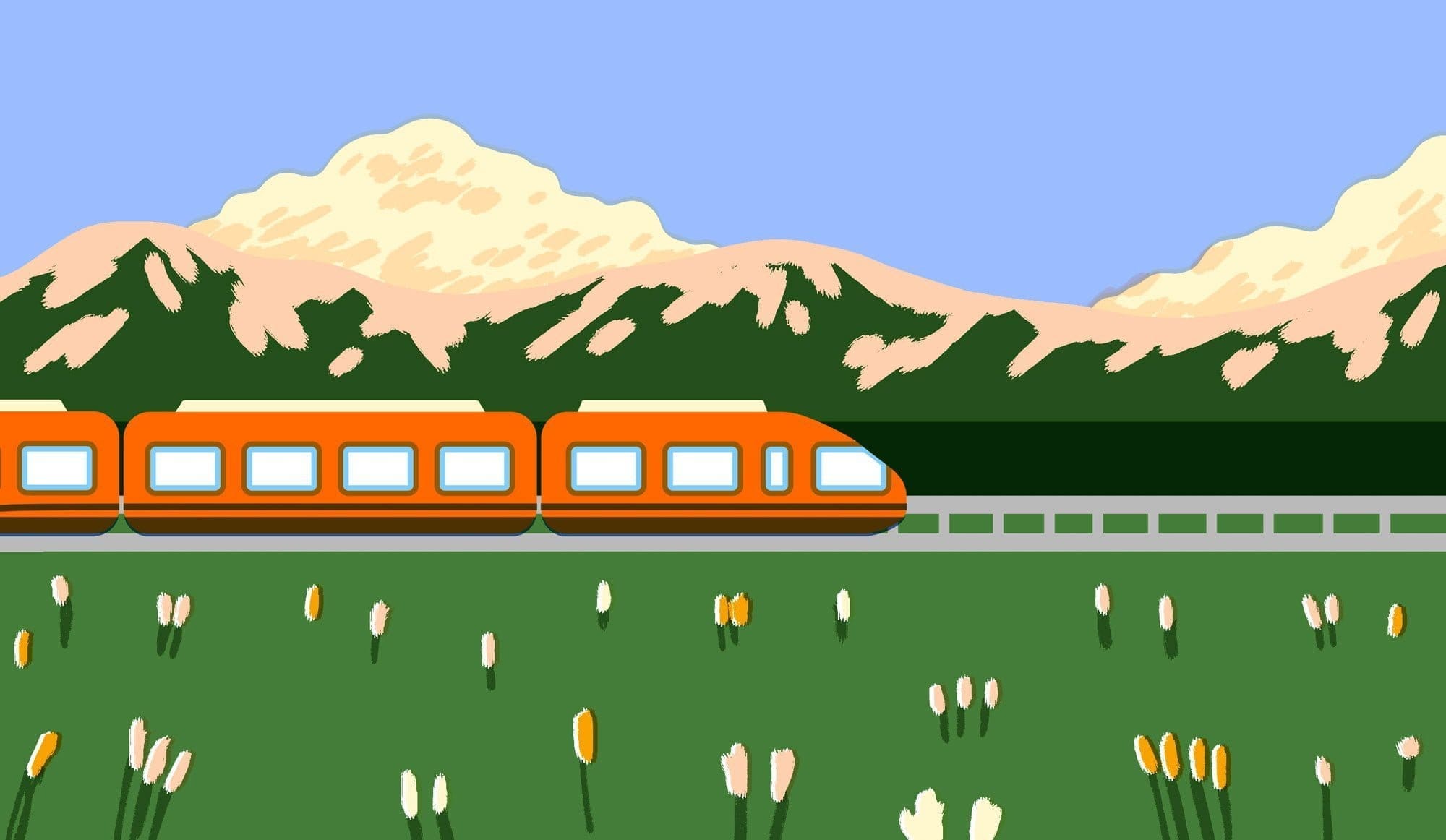
Long distance trains with overnight sleeper cars are a comfortable and green option. European rail companies are introducing more of such services, linking cities like Paris, Munich, Vienna and Venice, in the coming four years. Which is great news for Europeans. And in recent years, new high speed rail lines have opened in Morocco and Turkey, with China now boasting two thirds of the world’s high speed rail infrastructure. In the US, eyes are on Joe Biden and the shape of Amtrak’s planned expansion.
Another option is to stay within a drivable distance of home and look into the rapidly innovating world of camping. For me, camping meant not-sleeping on a 2mm deep roll mat, a swollen eye from an insect bite, and being woken at 5am by a curious herd of cows.
“This summer I spent four nights in a big tent, on a bed, with no insect bites and the best sleep since I was a baby”
But one cool American start-up called The Dyrt is freshening up the scene. Co-founder husband and wife Sarah Smith and Kevin Long describe their site/app as Tripadvisor for camping and, they say, is the largest camping community in the US with 2.5 million user submitted pictures and reviews.
The US currently has upwards of 80 million campers, increasing daily as the pandemic pushes tourists further into nature’s embrace. Just as the success of Airbnb is based on lots of reviews and photos, campers now have at their fingertips far more information on which to base their travel plans.
This summer I spent four nights in a big tent, on a bed, with no insect bites and the best sleep since I was a baby. Composting toilets will never delight me, but mostly I am now a happy glamper. Which often doesn’t come cheap, “Some of the more glamorous glamping providers on our site cost around $250 [€215] per night”, says Sarah Smith.
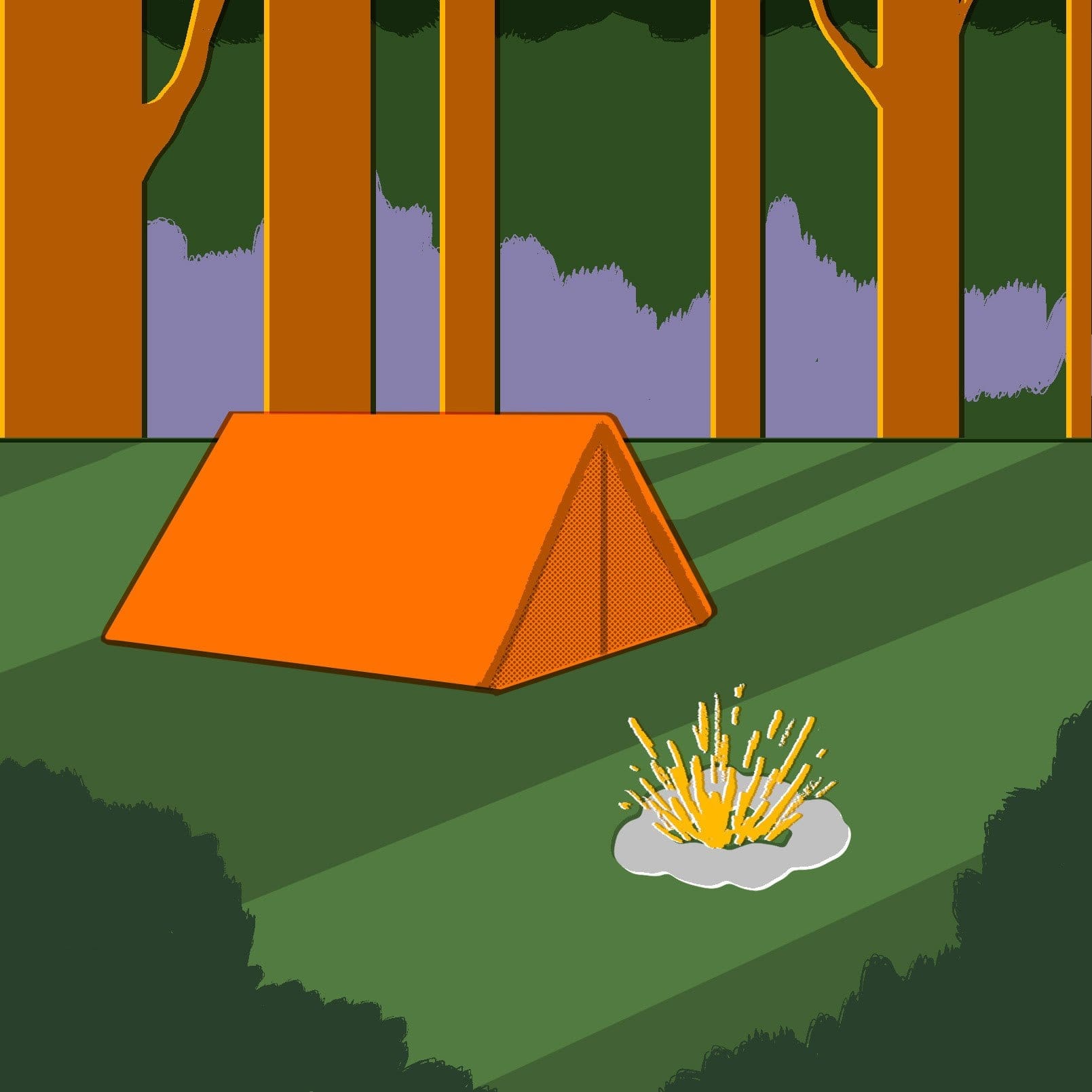
Sarah and Kevin tell me I’m not alone in being a new convert to the experience and responding to this demand, landowners of various types are popping up all over the world offering wide variations on the camping theme – from a giant mobile home with all mod cons, to pods and yurts, which sound like dairy foods but are not.
And for the adventurous there’s “dispersed camping” – using a patch of truly wild land to pitch your tent or park your van, that thanks to user reviews, you’ll know what to expect when you get there – a tinkling stream of fresh water or an angry farmer with a shotgun.
The Dyrt “is going to be all over the world in the next five years”, say Sarah and Kevin. For now, they’re expanding into Canada.
Holiday homework
Everyone I spoke to agrees overtourism is a problem we mustn’t reinvent as we ease out of the pandemic. The new focus among conscious travellers is to make fewer trips, spending more time on each one, and to feel that they are having a positive impact as they go. It will take more homework, but it’ll be worth it in the long run.
And what about the short term? Change can start with your next trip. Instead of flying to San Sebastian for a reunion with friends this weekend, this travel fan is going by rail in a single day by taking the TGV from Paris to Hendaye in the southwest corner of France, then walking five minutes across the France-Spain frontier to a suburban metro station, which takes you to downtown San Sebastian in just 30 minutes. That tip was thanks to the fantastic eco-aware train journey planning site The Man in Seat 61, proving that a bit more research really can open wonderful new doors.
Make your next stay more sustainable
Before you book your hotel or tour operator, check their accreditation with the Global Sustainable Tourism Council.
Visit the websiteFor a practical and inspiring guide full of tips and pointers, check out the Lonely Planet Sustainable Travel Handbook.
Find the bookDiscover how easy pan-European rail travel can be with ‘The man in seat 61’, otherwise known Mark Smith. It’s already a firm favourite with many an eco-conscious connoisseur.
Plan your journeyEurope’s wild side
